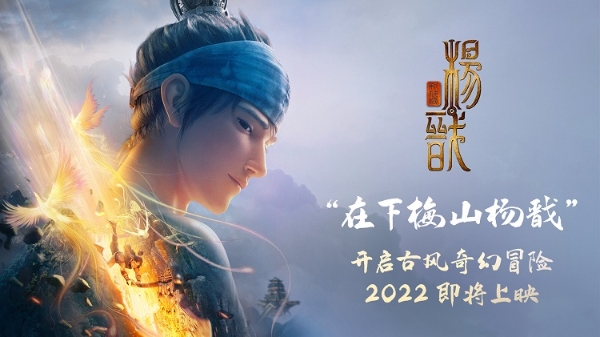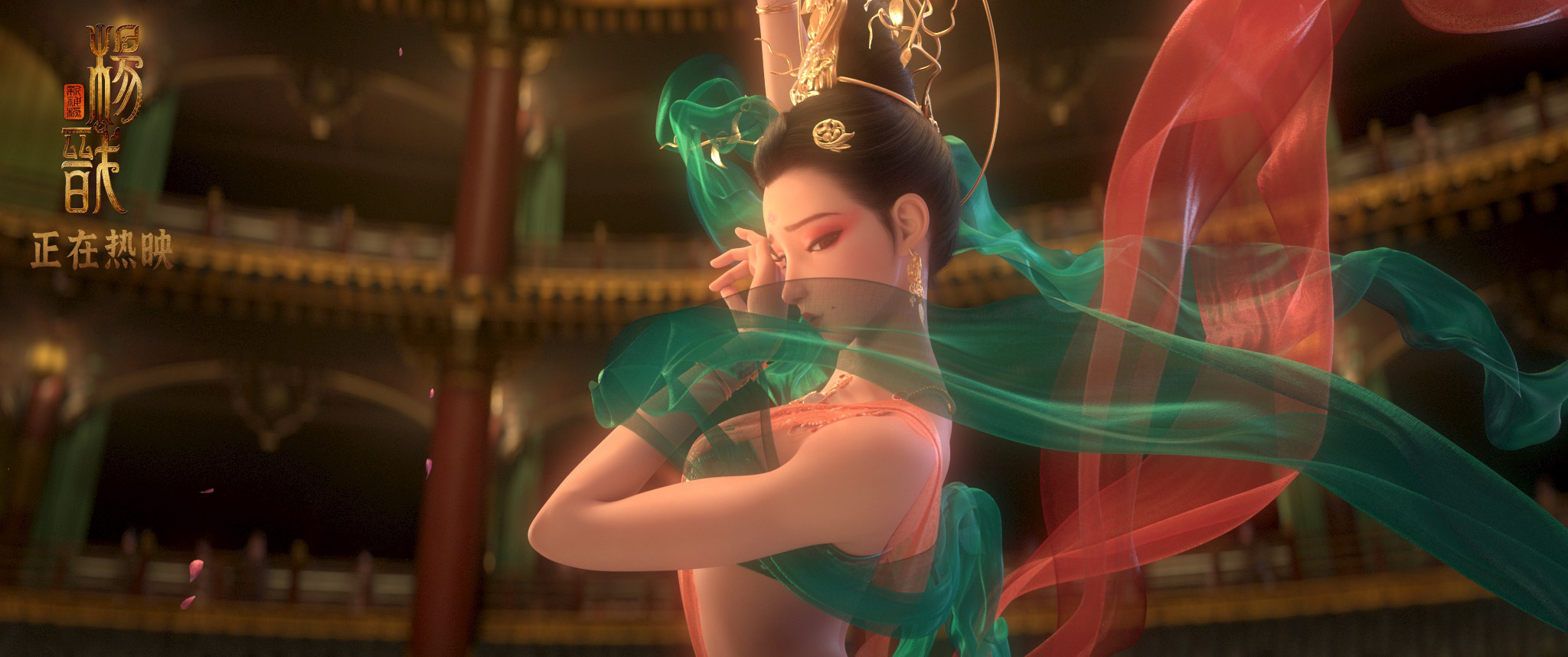“New Gods : Yang Jian” presents the beauty of the East!

On August 19, the new Chinese animated movie, “New Gods: Yang Jian”, which Chinese animation fans have eagerly anticipated, was finally released nationwide.
“New Gods: Yang Jian”, takes place in the same world as the previous movie in the series, but expands on the existing universe, reshaping the three mythical islands of Penglai, Fanghu and Yingzhou and focusing on Yang Jian, the omnipotent god of war. The story of “New Gods: Yang Jian” begins fifteen hundred years after the great battle of the Shang and Zhou dynasties. The heavenly court in decline, the wronged Yang Jian made his living as a bounty hunter. One day, Yang Jian accepted a mysterious visitor’s commission to track down a teenager. Unexpectedly, the teenager turned out to be his own nephew Chenxiang. Chenxiang was determined to seek the lost lotus lamp, split the mountains and save his mother, but this trip was destined to lead to disaster. Yang Jian sets off on a journey to find Chenxiang, uncovering buried truths from the dusty past along the way…
Although the design of Yang Jian’s everyday model in the film is a combination of modern and ancient styles, it is able to bring out the leisurely and ethereal charm of his character as described in the original novel. Other characters in the film are also visually stunning, integrating elements of East Asian beauty into their designs. Character designs of the four heavenly Kings, Shen Gongbao, the mysterious goddess Wanrong and Chenxiang etc. were modified to be more visually appealing. Needless to say, the effect of blending traditional cultural aspects into modern inspiration is nothing short of extraordinary.
The movie’s special effects are the most attractive feature from the audience’s perspective. We can see that the background models in the film are extremely well-crafted and magnificent. Row upon row of spectacular buildings with unique Chinese characteristics are sprawled across the mythical Penglai Island, transporting the audience into a never-before-seen fantasy world through extremely complex art designs. To design these amazing scenes, a very large volume of building models were used.
In this piece, two Chinese artistic elements were also introduced —— ink painting and Dunhuang flying dance. The ink painting war is one of the film’s spotlights, immersing the audience in an audio-visual feast of Chinese aesthetics.

One of the most unforgettable scenes for all audiences after watching the film is the “Flying Dance” sequence: at the Yingzhou Fairy Music Hall embellished with regional characteristics, flower petals flutter and fall on the fairy pavilion, where fairies dance in their gossamer silk gowns, jade ornaments and pearl beads swaying with every step. “Light as a swan goose in flight, fluid as a wandering dragon” best describes the beauty of the fairies. Matched with the beautiful voice of the singer Yin Lin, not only the main character Yang Jian, but also audiences both on and off screen are captivated by the scene.
The film’s masterful use of 3D technology marks it as the pinnacle of Chinese animation. “Traditional two-dimensional ink paintings are flat, but since the camera has to rotate 360 degrees, the ink has to be redrawn every frame.” Deemed “the biggest challenge of the film”, the production team presented to the audience a never-before-seen three-dimensional rendering of an ink painting spectacle without any technical or artistic reference.
The posters for this movie present the Chinese aesthetic through a variety of styles – ink painting style, oil painting style etc. The style of each piece is different, be it technique, style, or composition, etc., yet they are all overflowing with the beauty of traditional Chinese culture!

熱門頭條新聞
- Award-winning visual effects studio Lux Aeterna
- Rebuff Reality Announces Next-Gen Motion Game Console BodyLink is Now Available on Kickstarter!
- Adobe Express and Box Partner to Bring Industry-Leading Creativity and AI Tools to Businesses
- CANNESERIES,CALL FOR ENTRIES IS OPEN!
- Web Gaming Strikes Back
- European Game Showcase
- Military Strategy Game Warpath Launches Navy Update
- Milan Games 2025
